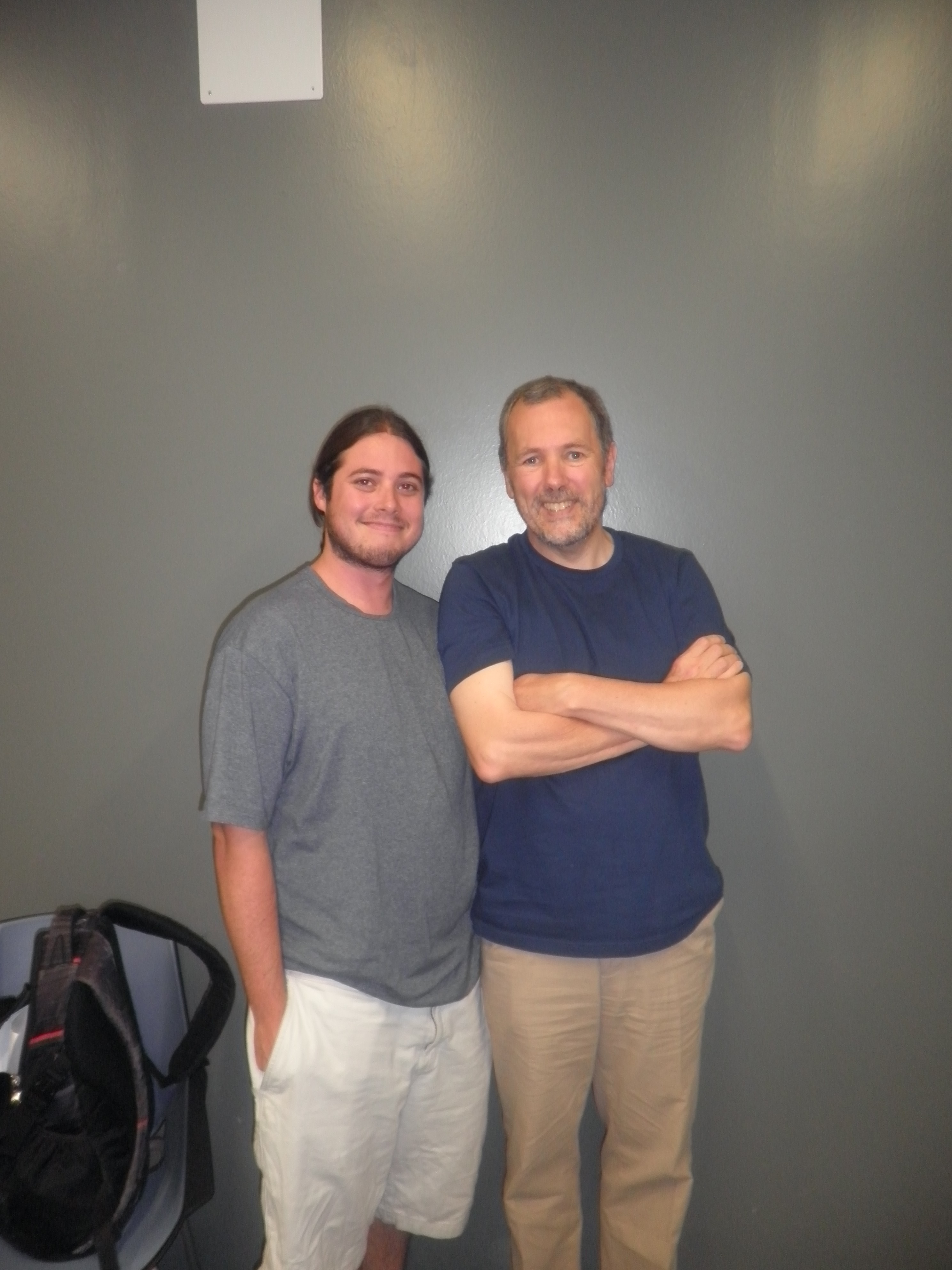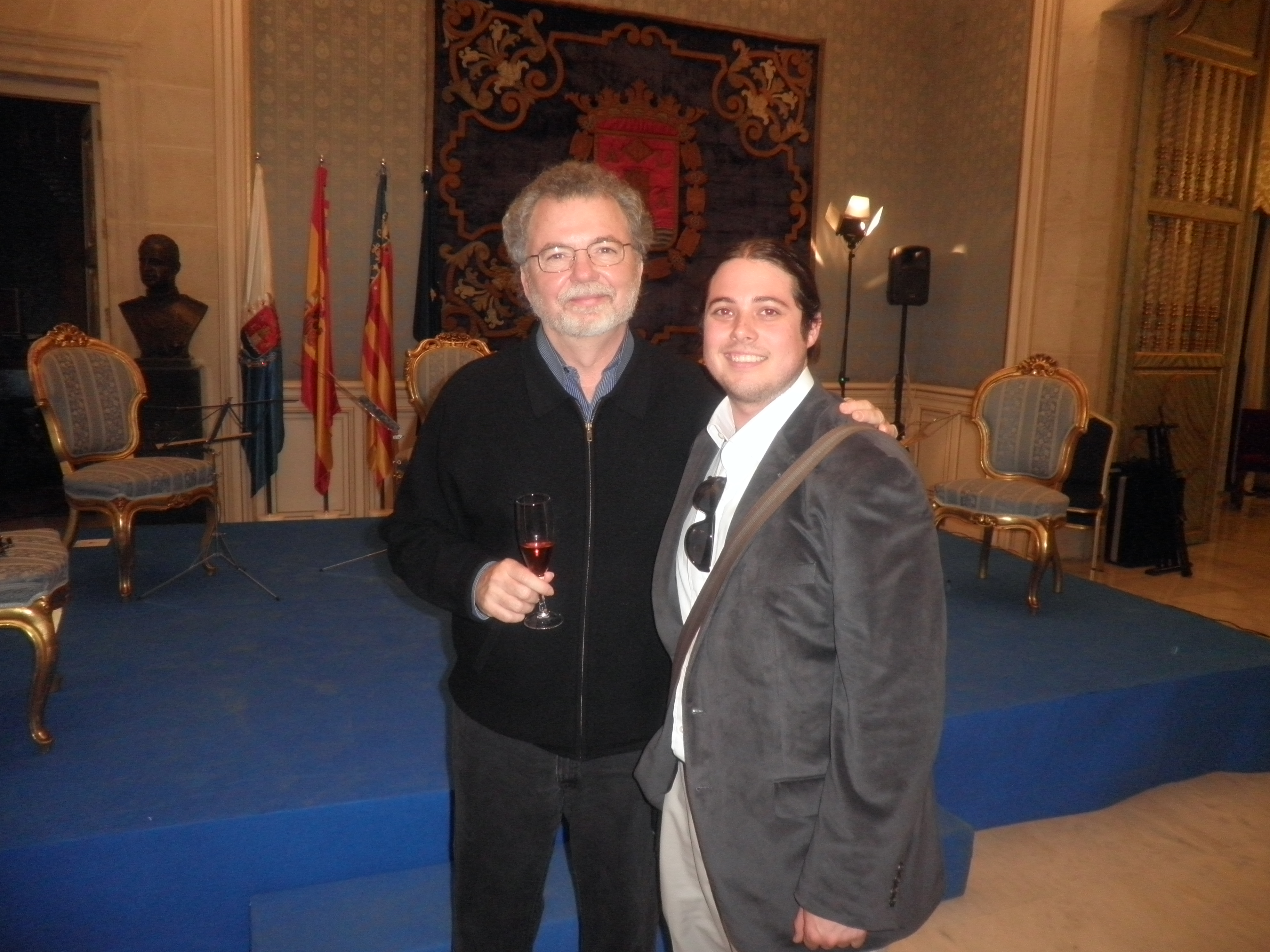Learning pieces is of course important in practicing technique and also for putting programs together. As your musical life (hopefully) expands and improves, it becomes quite tough to keep up with all of the pieces you have learned. Here are a few tips to try keep in mind.
- Have some reliable set pieces your can always count on. You never know when a concert opportunity might arise. Sometimes whoever hires you will have a specific piece(s) in mind for you to play, especially if it’s for a group performance (with choir, orchestra, string ensemble, etc). But for solo performances, most of the time it is up to you. Always keep in mind pieces you like playing and pieces you feel are performance ready or can be easily worked back up to performance ready quality.
- Put in a lot of hard work in learning pieces the first time. It will pay off immensely later on down the road. Pieces I put a lot of time and effort into the first time I learned them either stay in my memory bank no matter what, or at the very least, is mostly still in my memory and will come back after playing through it a couple of times with or without the music. It always amazes me how, even if I haven’t played those pieces in awhile, quickly it can all come back if learned properly.
- As mentioned before, sometimes you can get away with not keeping up with pieces and allowing muscle memory to kick in. But the best way to make sure you remember these set pieces is to occasionally play through them and see what kind of shape they are in. Depending on how much practice time you get with your schedule will determine how much time you can spend with the pieces. David Russell has a system where he makes a practice log labeling which pieces he’s practiced, when, and what performing shape they are in. Of course with a schedule like Maestro Russell has this is extremely helpful. It almost doesn’t matter what system you create or use as long as it works for you.
You never know when a performance opportunity might come up. Instead of scrambling to pull programs together, always try keep in mind programs for future use. You can obviously substitute different pieces along the way, but it’s a lot easier to pull together already existing programs you have than to start from scratch.



